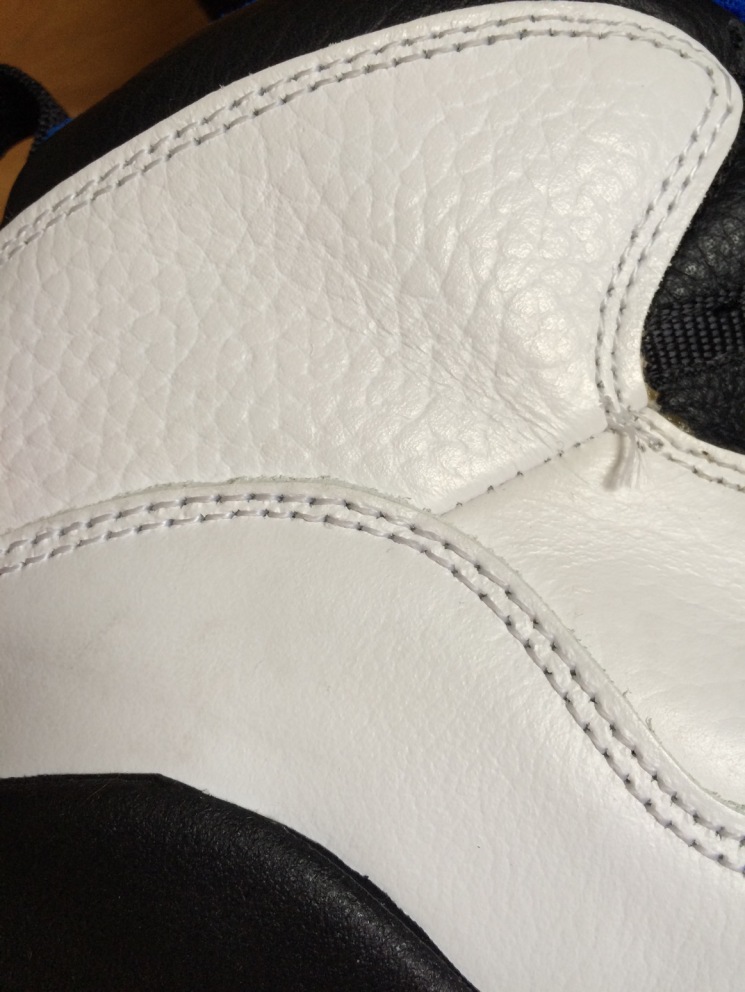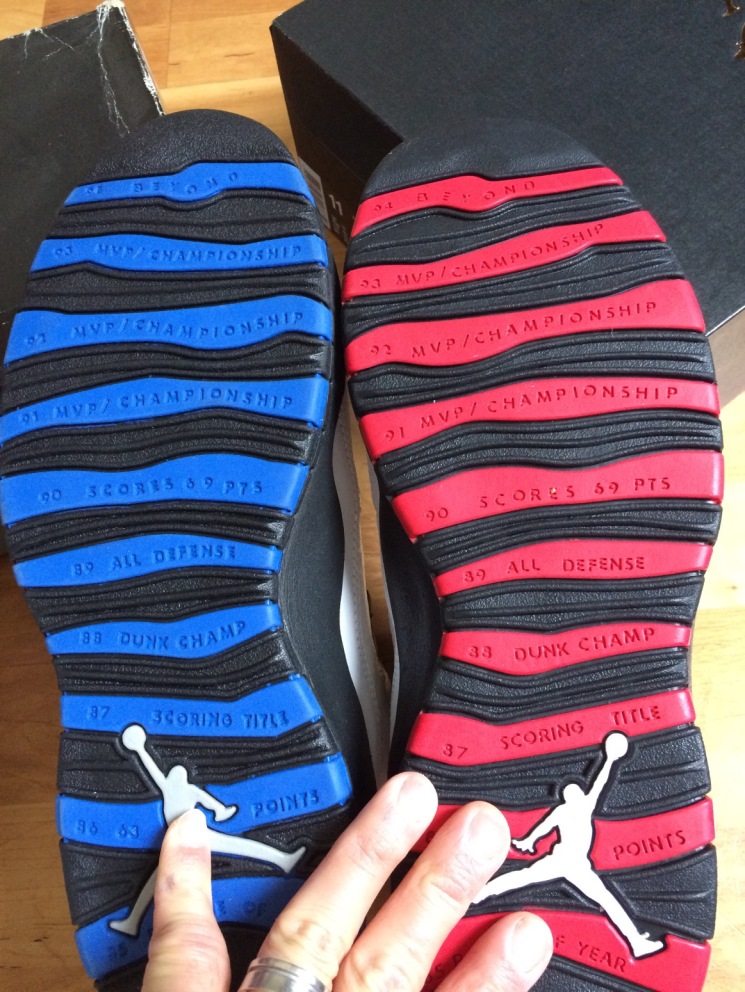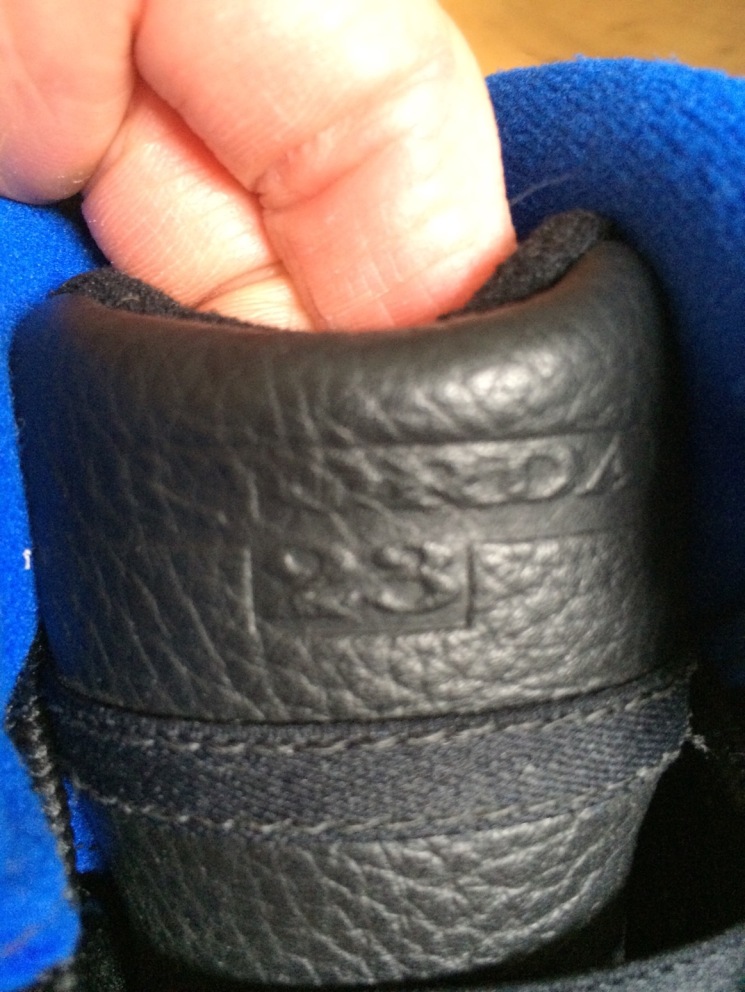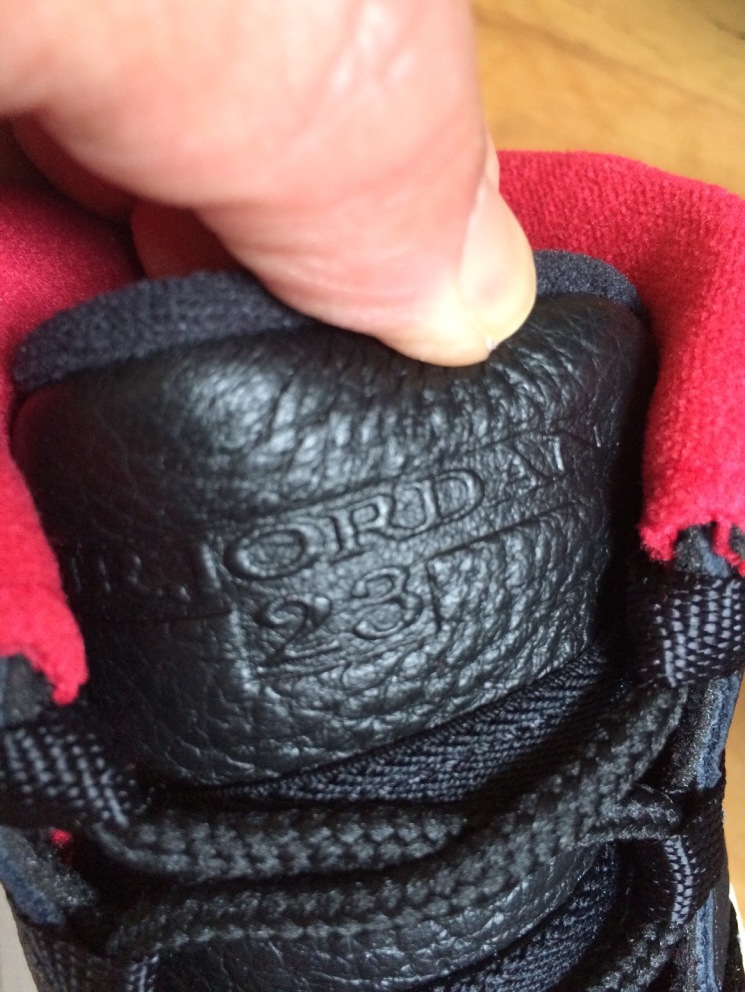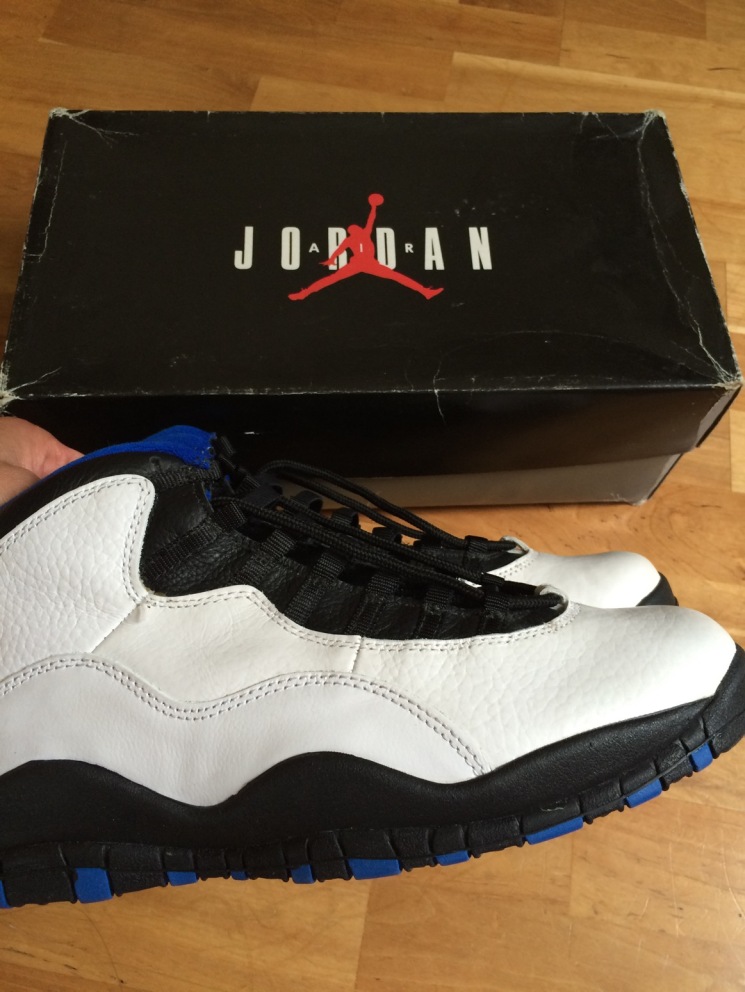It’s a common question among beginner sneaker resellers who are not sure what brand to sell:
What’s better to resell, Adidas or Nike Jordan?
(if you want to know how to sell both and all brands of shoes profitably as a business, check out the Reseller’s Field Guide here.)
We will give an answer to at the end of this article. Although there is a winner in this article, this number one spot is both subjective and subject to change. However, for the following reasons, one of these two is the winner right now.
Let’s first dive in to what gives a shoe resale value to answer this question.
There are 3 main factors for shoe resale value:
History
Hype
Scarcity
So let’s rank Adidas vs Nike Jordan on these 3 factors.
Nike Jordan
History
Nike was born in 1964, co created by track athlete Phil Knight and his coach Bill Bowerman out of Oregon State.
It quickly rose to become the authority in athletic footwear for both track athletes, runners, and aerobic exercisers as it passed older competitors like Reebok in market share.
As Nike made a move in to the basketball arena, it was first met with mixed reviews. Nike needed the endorsement of a professional athlete. Tinker Hatfield was recently enlisted as Nike’s primary shoe designer. Nike and Tinker went for the biggest partnership possible in the basketball world, which was an agreement with the undisputed reigning king of the court Michael Jordan, but it wouldn’t be easy.
Nike had first partnered with Jordan to make the Air Jordan 1, and it remains one of the great Jordan designs with excellent resale value to this day. However, after the Air Jordan 2, it seemed that Jordan was losing interest in the continued partnership with Nike. Nike needed to do something to keep the Jordan brand valuable.
The year was 1985, and Tinker Hatfield and Nike were able to arrange a meeting with Jordan, but the basketball great arrived hours late and it seemed like he was not interested at all in the partnership.
Tinker then unveiled the
Air Jordan 3 black cement. Jordan was so impressed with the overall design, with both its luxurious looks and its unprecedented comfort and performance, as well as its bold elephant print accents which became a Jordan signature of many shoes that were valuable on the resale market.
Based on this, Jordan’s History is quite strong. It has had resellable shoes for over 30 years and continues to have models every month that have resale value.
Hype
The hype for Jordans is real. Ever since Jordans released online in the early 2000s, there has been a large group of people going after Nike Jordans to profit on the resale market, with increasingly sophisticated methods as the years go by.
However, the hype in recent years, especially 2017, has shown to drop drastically as Jordans sat on shelves and historically hyped releases like the Nike Air Jordan 11 which had been releasing with great resale value every December, in 2017 its “Win Like 96” Variation struggled to resell with the hype of past 11’s.
The
Air Jordan 11 Win Like 96 is just one of my examples of Jordans that did not do well last year.
However, last year was also the debut of the Kaws Jordan 4’s which saw resale value in the thousands of dollars, as well as a collaboration with Off-White for a whole slew of Jordans that were worth close to or over $1,000. Nike also has released some of the most hyped sneakers of all time with Kanye West and the Air Yeezys, the Air Mags from Back to the Future, and Drake OVO Jordans, which each have aftermarket values in the thousands of dollars presently or at some point in the recent past.
On the overall hype scale, Nike and its Jordans are still up there, but there are so many models to sort through, it is hard to know which shoes are best to resell or which shoes to avoid as possible flops or financial losses.
Scarcity
There are so many Jordans now, including lifestyle models like the Air Jordan Future and Eclipse which both never have resale value. Jordans are everywhere and are not the least bit scarce as a whole.
However, for rare models like certain Retro Jordans, scarcity seems to be making a come back in the upcoming years.
Jordans are becoming harder to buy in 2018, first told at the end of 2017, and proven by the resale value and difficulty to get of recent releases like the Air Jordan 1 Bred toe. This increase in current scarcity will certainly revitalize Nike Jordan’s spot as a great sneaker to resell.
Adidas
History
The brand with three stripes is actually older than Nike, having started in 1949. Although it had a solid run of releasing athletic shoes, it was more well known in the soccer arena than it was in the basketball court, and there is much more resale value in the latter than in the former. Adidas never did have the longevity or greatness of a partnership like Nike did with Michael “Air” Jordan, but it did have greats like Kareem Abdul Jabbar, for which the three stripes brand had the very first basketball player endorsed sneaker in history with its Adidas Superstars, years before Nike and its Air Jordan. However, these Adidas Superstars were not a unique design as Adidas released many non Jabbar superstars. Surprisingly, the Kareem Abdul Jabbar is known more to depreciate than to have resale value, with pairs sitting as low as $10 on eBay at the time of this writing in March of 2018.
2015 marked the beginning of a renaissance for Adidas with its partnership with Kanye West made official, kicking it off with the Yeezy Boost. Its boost technology spread on to many more valuable pairs of sneakers like the UltraBoost, NMD and Pharrell Human Race, some of which commanded resale values that greatly surpassed that of many Nike Air Jordans.
Adidas surpassed the market share of Nike’s Jordan brand for the first time ever in 2017. However, with new scarcity to Jordan models for a revitalized hype and resale value, Adidas will have to fight to maintain its number one spot.
Hype
Thanks almost entirely to its partnership with Kanye West, Adidas is reaching a level of hype that a lot of the younger crowd (who don’t know the full history of Nike Air Jordans) prefers to Nike and its Jordan brand. Adidas’ UltraBoost technology and cozy Primeknit technology has garnered copycats from brands like Skechers and Zara. Copying is a classic form of flattery and also a sign of hype in the shoe resale world.
Hype also centers around celebrity partnerships. Following its marriage with Kanye West, who is the undisputed king with a Midas touch for a shoe company, Adidas is looking to add Drake to its team as soon as this year in 2018, which will make things very interesting and certainly birth some of the hottest and most hyped shoes to date with juicy profit margins.
Interestingly, Yeezy hype is fading. Kanye arguably went too far in his newfound creative freedom and released one too many (or five too many) Yeezy models that saw record lows in resale, with more than one shoe model, including the Yeezy 950 and the Yeezy cleats losing resale value. Familiarity creates boredom: have you ever heard your favorite song too many times and then gotten sick of it? Kanye is dangerously close to doing this with the Yeezy brand and its shoes.
Other Adidas models like the Human Race by Pharrell and new Bape collaborations remain super hyped, as do NMDs and UltraBoost in the fashion world as Adidas continues to innovate and maintain its hype level.
Scarcity
The
Adidas Yeezys 350 go from impossible to get to just about impossible to get. Even when Yeezys have low resale value and they are considered “general release” by Yeezy standards, a lot of people left empty handed who wanted a pair. Examples include the recently released
Beluga 2.0’s and Blue Tints which values dropped to below 100% above retail for the first time ever for Yeezys, which remained scarce despite large release numbers since the number of people trying to get them was so large.
On top of Yeezys being hard to get regardless of how many there are, recent hard to get shoes like the Adidas Dame 4 “Bape” and the Adidas Pharrell HU NMD prove that the Adidas models worth reselling remain scarce and hard to get, making the resale value high.
Conclusion
Which shoe brand is better to resell, Adidas or Nike Jordan?
Although Adidas has been Pepsi in comparison to Nike as Coca Cola, it seems like in 2018 the tables are turning. Nike is putting up a fight by making Jordans rare again, but Adidas definitely has the attention of the younger crowd who makes up a large part of the resale community. Coupled with the supposed upcoming collaboration with Drake and his OVO brand, Adidas is better overall to resell if you were to just focus on one shoe, especially given that Yeezys are an Adidas shoe.
Jordan came in a terribly close second place and collaborations like its “Off-White”, KAWS, and of course Supreme, make it hard to overlook. However, as the world changes and Adidas aggressively innovates, and since there had to be just one winner in this match, Adidas will win this one, in an overtime that is arguably still going until the partnership between Drake and Adidas is official.
Of course it’s best to sell both of them, and to make tons of money doing it.
For those curious about what it takes to do so, and for the best step by step guide complete with history and info about Sneaker bots, streetwear and more, have a look at the full 5 part field guide available exclusively on this site.
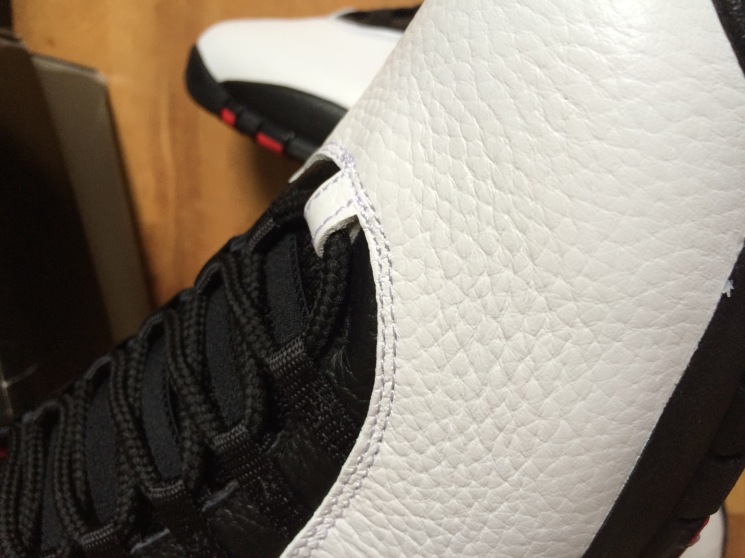 Above: retro, below OG
Above: retro, below OG
